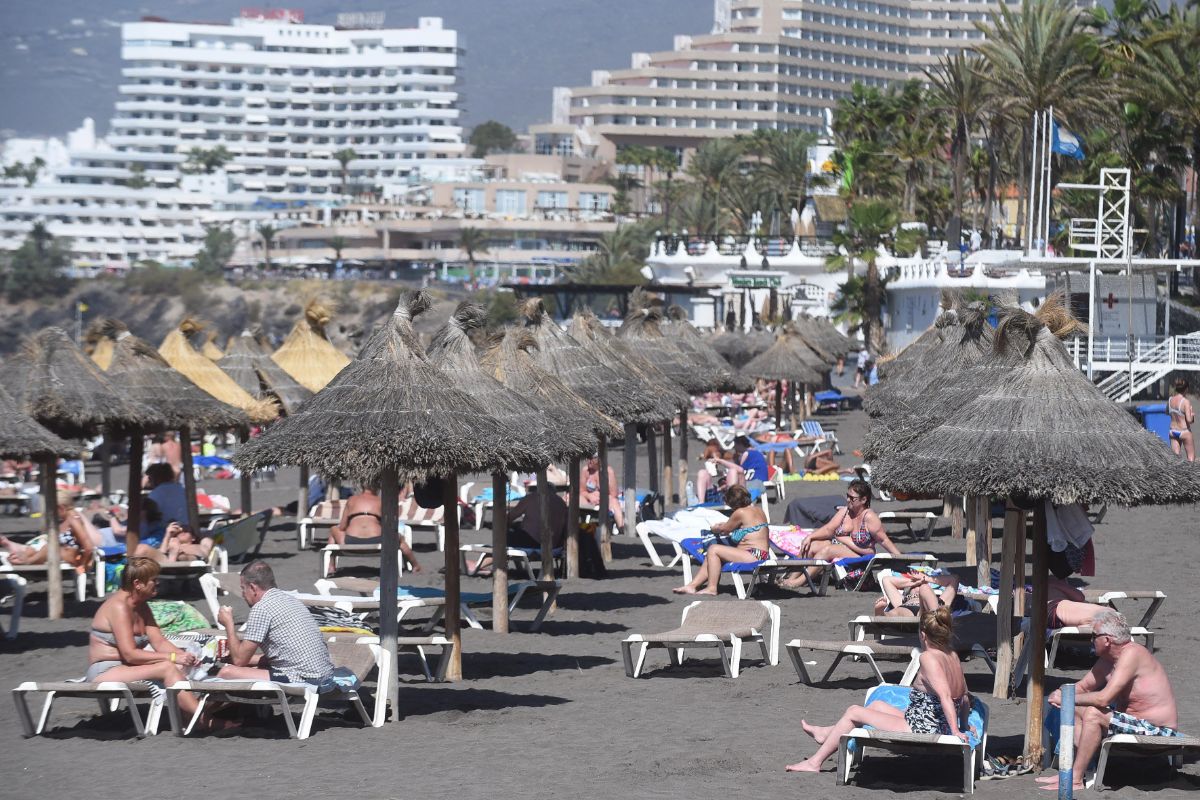The professors of the Departments of Physics and Geography of the University of Las Palmas de Gran Canaria (ULPGC), José Mangas and Emma Pérez-Chacón Espino, have studied the origin and composition of 35 beaches in Gran Canaria, Lanzarote, Fuerteventura and La Graciosa with the aim of facilitating their restoration.
This has been reported by the educational institution as it comments that the researchers have set out their conclusions in the article ‘Composition and origin of beach sands on the islands of La Graciosa, Lanzarote, Fuerteventura and Gran Canaria (Eastern Canary Islands): a review’, published in the journal Environmental Earth Sciences.
Mangas and Pérez-Chacón bring together for the first time the results of the petrographic analyses carried out over the last 30 years by the Applied and Regional Geology (GEOGAR) and Physical Geography and Environment (GFyMA) research groups, attached to the University Institute of Oceanography and Global Change (IOCAG).
The conclusions of the studies carried out on 35 beaches on the eastern islands reveal the composition and origin of the sand at these points; in the event that the sand needs to be restored due to sand loss due to erosive processes, whether marine storms, flooding, accumulation in dams, etc., this knowledge facilitates the search for similar sands, greatly reducing the impact on the sand cycle and the biodiversity it hosts.
SUCCESSFUL RESTORATION IN MASPALOMAS AND PLAYA DEL INGLÉS
This restoration is already being successfully carried out on the beaches of Maspalomas and Playa del Inglés with sand extracted from Punta de la Bajeta.
This is a common procedure on sandy beaches eroded in the winters on the Spanish Mediterranean coast (Catalonia, Valencia and Andalusia, above all), with sand dredged from areas of the continental shelf.
The Canarian beaches studied on each island, or in various sectors of an island, show heterogeneity in the types of components identified and in their percentages of abundance, a variability attributable to local diversity, both of geological elements and of geomorphological and anthropic processes, i.e. due to human action.
Finally, the ULPGC points out that most of the beaches studied showed an independent sedimentological behaviour, with great relevance of natural and anthropic factors.






